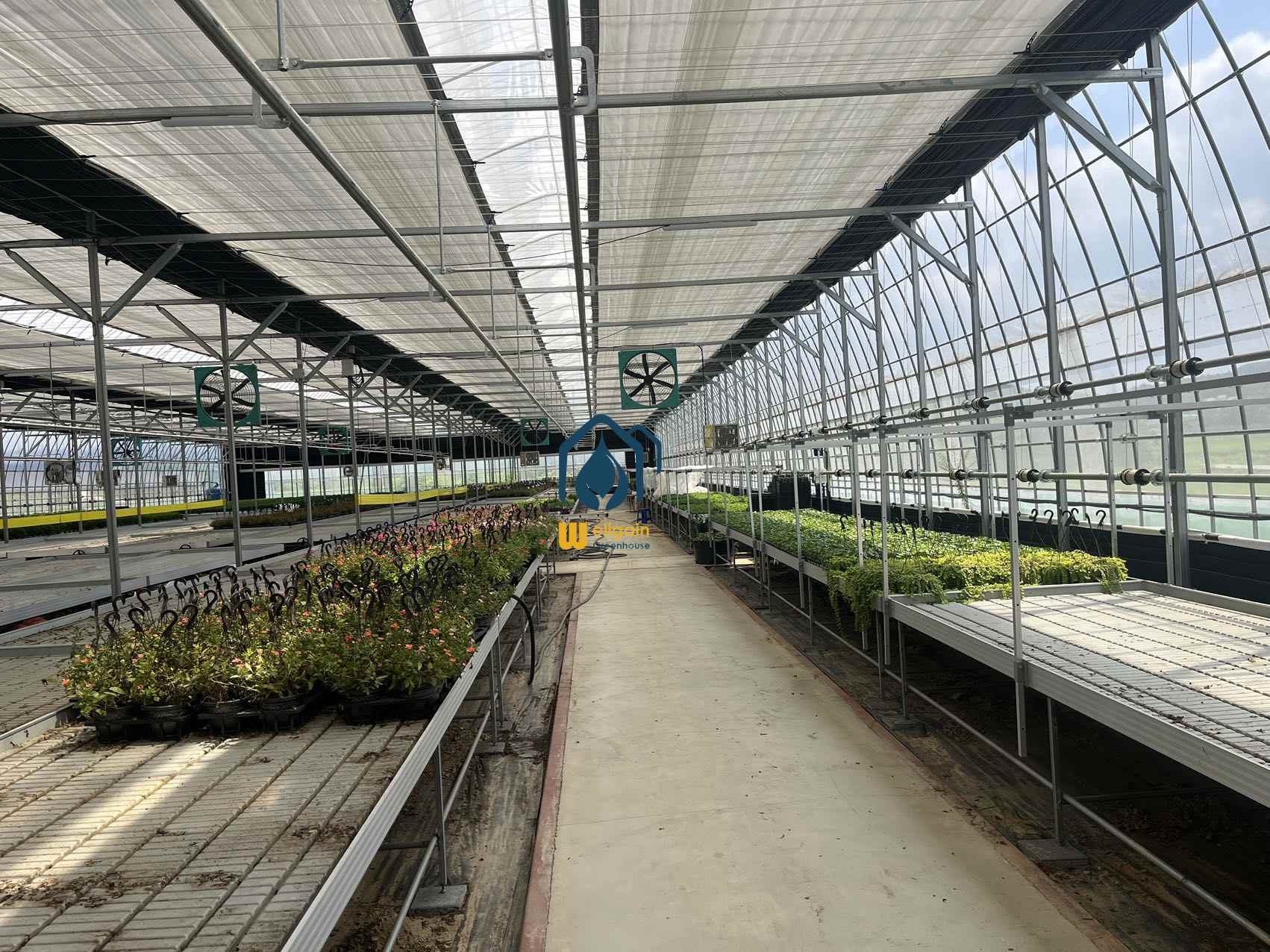Categories
Recent Posts
The Future of Farming: How Tidal Seedbeds Are Revolutionizing Agriculture
As the global population grows and arable land shrinks, innovative farming techniques are becoming essential to sustainable food production. One such breakthrough is tidal seedbed technology—an efficient, water-saving method that’s transforming how we grow crops.
What Is a Tidal Seedbed?
A tidal seedbed (or flood-and-drain system) is a hydroponic-based growing platform where plants are periodically flooded with nutrient-rich water and then drained. This mimics natural tidal movements, ensuring optimal oxygenation and nutrient absorption for seedlings.
Key Benefits
Water Efficiency – Uses up to 70% less water than traditional irrigation by recycling the nutrient solution.
Faster Growth – Enhanced root aeration boosts plant metabolism, accelerating growth rates by 20-30%.
Space-Saving – Ideal for urban farming, greenhouses, and vertical farms due to compact design.
Reduced Disease Risk – Controlled flooding minimizes soil-borne pathogens and algae buildup.
How It Works
Flood Phase – The tray fills with water/nutrients, allowing roots to absorb essentials.
Drain Phase – Gravity drains the solution back into a reservoir, pulling fresh oxygen to the roots.
Automation – Timers or sensors regulate cycles (typically 4-6 floods per day).
Applications
Commercial Nurseries – Uniform seedling production for vegetables (lettuce, herbs, tomatoes).
Research Labs – Studying plant responses to nutrients/hydroponics.
Home Growers – Compact systems for balcony gardening.
Challenges & Solutions
Initial Cost – Higher setup investment than soil beds (offset by long-term water/pesticide savings).
Power Dependency – Requires pumps/timers (solar-powered options now available).
The Future
With advances in AI-controlled irrigation and sustainable materials, tidal seedbeds could become a cornerstone of climate-resilient farming.
